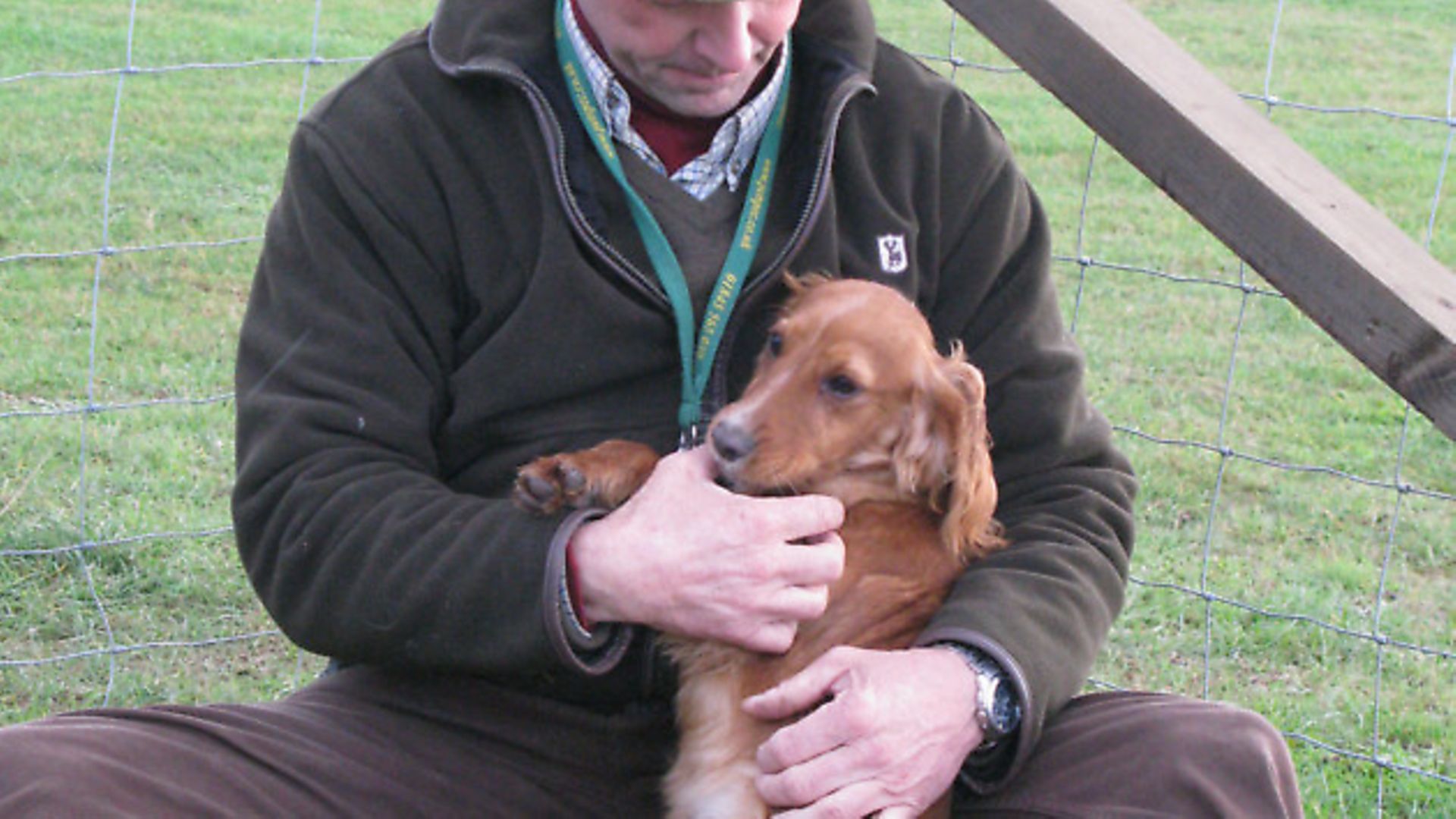Read Howard’s advice on making sure you avoid the puppy training mistakes you made last time - starting with the retrieve
 credit: howard kirby
credit: howard kirby
Most, but not all, well-bred gundog puppies will start life with a strong desire to pick things up and bring them to you. This is the reward you get for all that research you’ve done to source a puppy from good hunting and retrieving lines. Something you should note is that it will only take a few weeks in the wrong kind of environment for that natural retrieve to start to fall apart. Most retrieving problems are preventable, so before we make too many mistakes, let’s draw up a list of some of the things that we need to be aware of.
 credit: howard kirby
credit: howard kirby
Inappropriate throwing of dummies or toys is probably the most common cause of problems. A young pup quickly learns to become possessive, to mouth and rag or can just get fed up with retrieving. Too much external stimulation and play can be another reason your puppy just doesn’t have any real interest in the retrieve.
So let’s look at some techniques to develop that natural retrieve. Although most people will tell you that training doesn’t start until the puppy is six months old, early retrievial play is really important.
Ideally you would use a retrieving corridor or passageway, but a garage, stable or kitchen can also be used as a quiet, distraction-free classroom in which to encourage retrieving. We are conditioning the puppy to behave in a certain way when sent to retrieve something: to go straight out, pick it up, come straight back and deliver to hand. And just so you’re absolutely clear – if you train in an environment that distracts the puppy and encourages anything less than a retrieve, then you will have conditioned the puppy to do just that. Lots of eight-month-old dogs that we see have been conditioned to rush out, sniff the dummy and then go off and investigate something else, usually abandoning the dummy.
Having chosen the perfect classroom, find yourself an old armchair, place the chair in the corner of the room and then sit down and encourage your puppy to jump up on your lap for a cuddle. I know the word cuddle makes you male readers feel less manly but needs must! Let your guard down, get in touch with your feminine side and let the pup jump up.
Keep doing this until every time you sit in the special retrieving chair (SRC; see box out), the puppy rushes to you and jumps into your lap. Once the puppy is keen to come to you (and this may take a few days) rev him up with the dummy. Throw it a few yards across the floor and let the puppy rush out to it, quickly and quietly sit down in the chair and your puppy will want to get up into your lap with the dummy. Perfect! The SRC is there to encourage the puppy to want to get to you, lean back in the chair, tap your chest quietly. Already the less bright ones amongst us will be leaning forward beating their chest whilst doing an impression of a Great Ape – don’t do that you idiot, remember… inviting, gentle, feminine!
Some puppies will not be able to or just don’t want to jump up. If they just put their feet up onto the edge of the chair then this is fine, as once the behaviour is established we will need to start sitting forward, to slowly and gently turn the delivery into just sitting in front of us. This takes time and patience, so don’t rush.
As with all dog training, there are lots of ways to teach your dog to retrieve. This method works really well for lots of people that are new to training. This same method can be used for older dogs that have a poor delivery. However, be careful here, as a full-grown dog leaping onto your lap can have all sorts of consequences. Be careful; I don’t want you complaining that you fell over backwards on the chair or the dog knocked your dentures out!